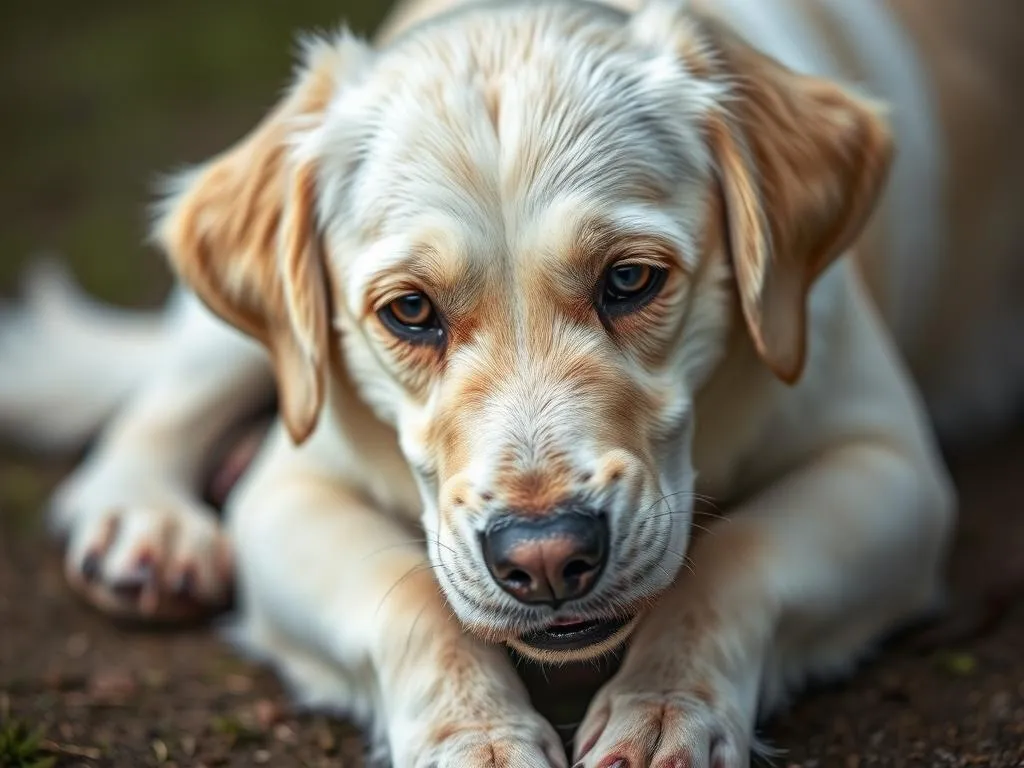
Introduction
When it comes to dog health care, pet owners often find themselves navigating a myriad of choices regarding their canine companions. One topic that frequently arises is the issue of dewclaws. These small, often overlooked appendages can have a significant impact on a dog’s health and well-being. Understanding whether dog dewclaws should be removed is crucial for responsible dog ownership. In this article, we will explore the necessity, implications, and considerations surrounding dewclaw removal to help you make an informed decision.
Understanding Dewclaws
What Are Dewclaws?
Dewclaws are small, thumb-like appendages located on the inner side of a dog’s legs. While most dogs have dewclaws on their front legs, some breeds may also have them on their hind legs. Unlike regular toenails, dewclaws are not directly connected to the footpad, which makes them somewhat unique.
Anatomy of Dewclaws
The structure of dewclaws includes a bone and soft tissue, similar to regular toes but less prominent. Functionally, dewclaws assist in a dog’s movement and balance, helping them grip surfaces better while running or making sharp turns. Though often seen as vestigial, dewclaws play a role in enhancing stability.
Common Breeds with Dewclaws
Various breeds are known for having dewclaws, including:
- Great Pyrenees
- Briards
- Irish Setters
- Labrador Retrievers
Genetic factors can influence the presence and functionality of dewclaws, leading to variations among breeds.
The Case for Dewclaw Removal
Medical Reasons for Removal
There are several medical reasons why dog dewclaws should be removed:
- Prevention of Injury: Dewclaws are prone to injury, particularly in active dogs. Torn dewclaws can be painful and lead to bleeding or infection.
- Associated Health Issues: Some dogs may experience growth abnormalities, leading to painful conditions that necessitate surgical intervention.
Behavioral Considerations
In certain dog activities, such as agility and hunting, dewclaws may hinder performance. For instance, a dog making quick turns may catch its dewclaw on obstacles, leading to injuries. In such cases, owners may consider removal as a preventative measure.
Aesthetic Preferences
In the world of dog grooming and breed standards, some owners prefer the appearance of dogs without dewclaws. This preference may stem from trends in dog shows or personal aesthetics, prompting some owners to opt for surgical removal.
The Case Against Dewclaw Removal
Natural Functionality
Dewclaws serve a natural function in a dog’s anatomy. They contribute to mobility and grip, especially when navigating uneven terrain. From an evolutionary perspective, dewclaws have been beneficial for dogs in the wild, helping them hunt and traverse various landscapes.
Risks and Complications of Surgery
Every surgical procedure carries risks. Potential complications during and after dewclaw removal can include:
- Infection: Any surgical site can become infected.
- Pain and Discomfort: Post-surgery recovery can be painful for your dog.
- Extended Recovery Time: Depending on the dog’s age and health, recovery can take longer than expected.
Ethical Considerations
The ethics surrounding dewclaw removal are also worth discussing. Many veterinarians and animal welfare advocates argue against unnecessary surgeries. They emphasize that, in most cases, dewclaws do not pose significant health risks and should be left intact, unless medical issues arise.
Professional Opinions
Veterinary Insights
Veterinarians often provide a balanced view on dewclaw removal. While some may recommend surgery for dogs with recurring dewclaw injuries, others advocate for keeping them intact. Statistics reveal that dewclaw removal is performed less frequently than in the past, as more pet owners recognize the appendage’s natural benefits.
Expert Testimonials
Insights from dog trainers and breeders can also shed light on this topic. Many experienced professionals argue that dewclaws can provide dogs with an advantage in certain activities, while others share testimonials of dogs thriving with and without them. Case studies highlight that dogs with dewclaws often display no significant issues related to their presence.
Alternatives to Removal
Care and Maintenance of Dewclaws
If you choose to leave your dog’s dewclaws intact, proper care is essential. Regular trimming and grooming practices can prevent overgrowth and potential injuries. Signs of infection, such as swelling, redness, or discharge, should be monitored closely, and veterinary attention sought if necessary.
Alternatives to Surgical Removal
For dogs experiencing issues related to their dewclaws, non-invasive treatments may be available. Options include:
- Regular Nail Trimming: Keep dewclaws at a manageable length to reduce the risk of injuries.
- Protective Gear: In certain activities, using protective booties can safeguard dewclaws from injuries.
- Veterinary Consultations: If problems persist, discussing alternative approaches with your veterinarian can help determine the best course of action.
Conclusion
In conclusion, the question of whether dog dewclaws should be removed is complex and multifaceted. While there are valid medical, behavioral, and aesthetic reasons for removal, the natural functionality of dewclaws and potential surgical risks must also be considered. Ultimately, the decision should be made on a case-by-case basis, guided by veterinary advice and personal circumstances. Understanding your dog’s unique needs is key to making informed choices about their health care.
FAQs
What is the typical recovery time for dewclaw removal?
Recovery time can vary but typically ranges from a few days to two weeks, depending on the dog’s age, health, and the extent of the surgery.
Can dewclaws grow back after being removed?
In most cases, dewclaws will not grow back after surgical removal. However, in rare instances, regrowth can occur if the tissue is not completely removed.
Are there any breeds that should never have dewclaws removed?
Certain breeds, particularly those known for their agility and athleticism, benefit from having dewclaws intact. It is best to consult with a veterinarian regarding specific breeds.
How can I tell if my dog’s dewclaws are causing problems?
Look for signs of discomfort, such as limping, excessive licking, or swelling around the dewclaw area. If you notice any of these symptoms, consult your veterinarian for further evaluation.
This comprehensive guide aims to inform dog owners about the implications of dewclaw removal, encouraging a thoughtful approach to pet health care.









